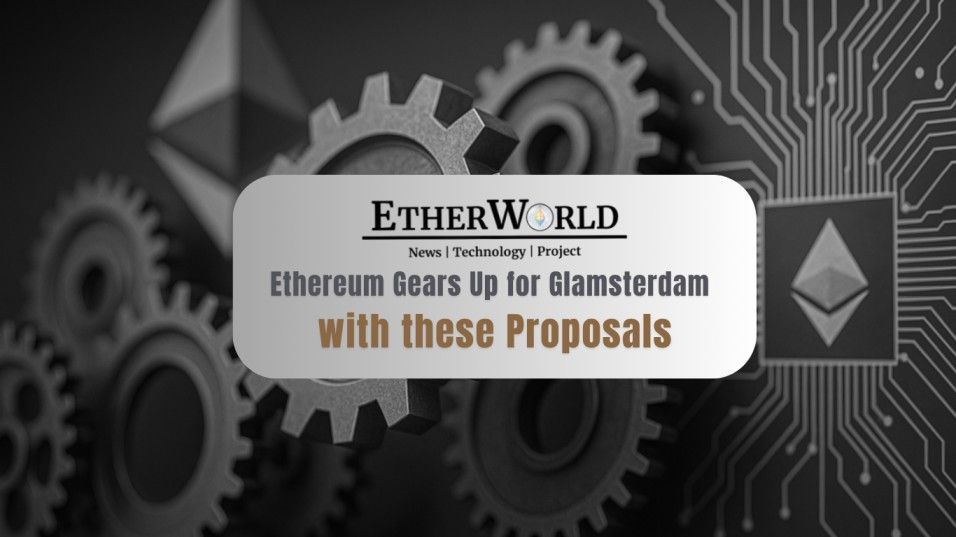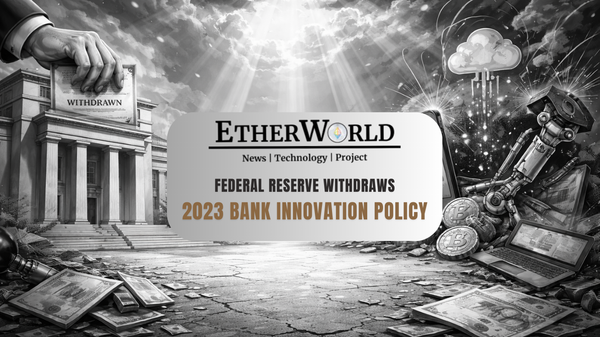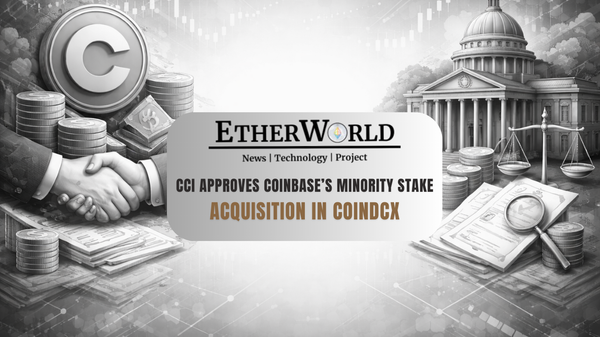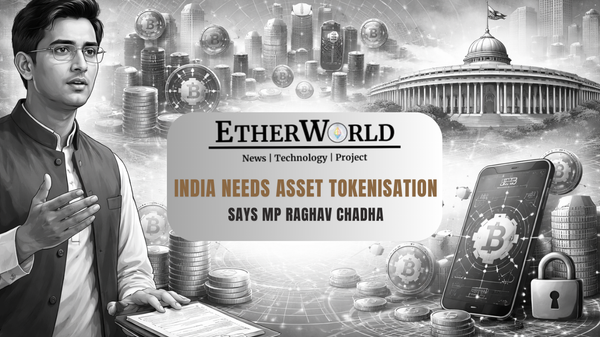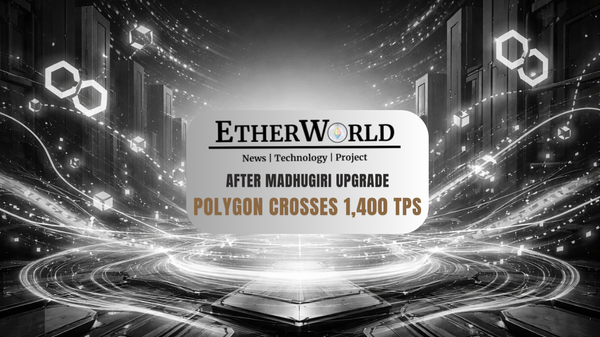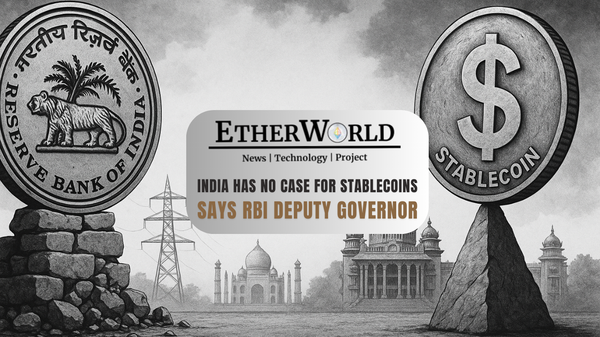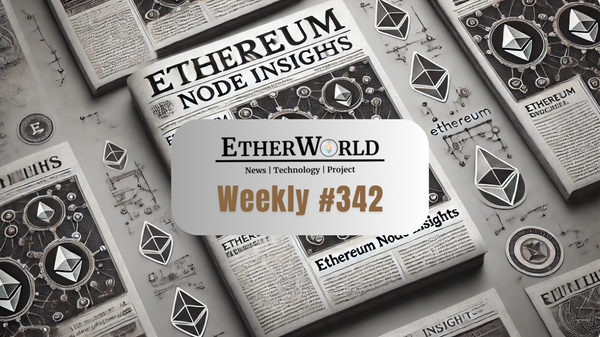As Ethereum moves closer to its next scheduled hard fork, Glamsterdam, the core developer community is actively evaluating a shortlist of high-impact Ethereum Improvement Proposals (EIPs) referred to as headliners. These proposals are not merely enhancements. They help define Ethereum’s engineering roadmap, strengthen validator autonomy, and address systemic concerns such as censorship, performance bottlenecks, and execution-layer modularity.
Criteria for Headliner Selection
To qualify as a headliner, an EIP must satisfy the following four conditions:
- Impact – The proposal must significantly improve Ethereum’s functionality, scalability, or neutrality
- Maturity – It should be well-defined, with working prototypes, client implementation, and test coverage
- Urgency – The EIP should address current protocol inefficiencies, security risks, or technical bottlenecks
- Synergy – It should support or enable other parallel developments across Ethereum's roadmap
These proposals determine not only what technical capabilities are prioritized, but also how testing environments are planned and how the public is informed about Ethereum's evolution.
1. EIP-7805: Fork-Choice Enforced Inclusion Lists (FOCIL)
EIP-7805 proposes validator-enforced inclusion lists to mitigate censorship risks within Ethereum’s block production architecture. Today, over 80 percent of Ethereum blocks are built by only two builders, raising concerns about centralization and selective transaction filtering.
FOCIL empowers validators to publish mandatory inclusion lists derived from the public mempool. Builders must include these transactions or face block invalidation via fork-choice logic. This redistributes authority from centralized builders to the decentralized validator set, reinforcing Ethereum’s foundational principles.
The proposal has already been implemented across five major clients—Geth, Teku, Prysm, Lodestar, and Lighthouse (pending). It has shown strong cross-client compatibility in devnet environments and integrates smoothly with other proposals such as delayed execution. FOCIL enhances censorship resistance and ensures credible neutrality by guaranteeing public transactions a path to inclusion on-chain.
2. EVM64: Introducing 64-bit Optimized Opcodes for the EVM
EVM64 introduces a set of Ethereum Virtual Machine opcodes that operate on the lower 64 bits of stack values, in contrast to the traditional 256-bit structure. This change reflects the practical computing requirements of modern applications, where many operations do not need 256-bit precision.
EVM64 is designed to improve execution performance, especially in compute-heavy contracts. Two strategies are under consideration. The first introduces a legacy prefix to existing opcodes for backward compatibility. The second leverages the EVM Object Format (EOF), isolating 64-bit opcode definitions within a modular container.
A working prototype is available in the Rust-based EVM implementation. While benchmarks are ongoing, early results show promising speed improvements. By reducing processing width and enabling cleaner code paths, EVM64 supports future EVM modularization and enhances compiler-level optimizations.
3. EIP-7942: Strengthening Finality with Available Attestations
EIP-7942 aims to protect the beacon chain against consensus attacks by introducing the concept of available attestations. It modifies fork-choice rules to restrict which blocks may serve as valid parents based on their attestation support.
Under this framework, only blocks with adequate attestation backing from honest validators can propagate, limiting the effectiveness of attacks that attempt to exploit delayed or manipulated attestations. This proposal addresses risks related to chain reorganizations and finality halts.
The design is technically mature and currently under review. Client teams view it as a necessary improvement for ensuring consistent liveness in the consensus layer. If adopted, EIP-7942 will contribute to the long-term operational stability of Ethereum.
4. EIP-7928: Block-Level Access Lists for Efficient Execution
EIP-7928 introduces block-level access lists (BAL), which predeclare metadata about state access patterns. This metadata allows execution clients to improve efficiency through parallel transaction processing, deterministic batch I/O, and structured validation logic.
The EIP supports proposals like FOCIL and delayed execution by enabling better post-execution verification. It simplifies syncing and speeds up state healing. Although it introduces a marginal overhead of approximately 40 kilobytes per block, this is considered acceptable given the scalability benefits it provides.
Ongoing evaluations are analyzing edge cases, bandwidth constraints, and validator performance metrics to ensure feasibility. BAL plays a foundational role in future-proofing Ethereum’s execution layer by aligning with broader efforts to modularize and optimize the EVM.
Conclusion
The Glamsterdam headliner proposals reflect Ethereum’s focus on long-term sustainability, decentralization, and performance. FOCIL addresses the immediate risk of censorship. EVM64 enhances execution efficiency. Available attestations provide safeguards against consensus instability. Block-level access lists lay the groundwork for parallelization and state management.
As core developers finalize the scope of the Glamsterdam upgrade, these proposals are being actively tested and refined. Their successful implementation will signal Ethereum’s continued progress toward a robust and modular protocol architecture.
If you find any issues in this blog or notice any missing information, please feel free to reach out at yash@etherworld.co for clarifications or updates.
Related Articles
- Glamsterdam: The Next Upgrade After Fusaka
- How Solo Stakers & FOCIL Strengthen Censorhip Resistance on Ethereum
- Mega EOF Endgame
- Understanding the concept of Ethereum Virtual Machine
- Censorship Resistance Vs Scalability
Disclaimer: The information contained in this website is for general informational purposes only. The content provided on this website, including articles, blog posts, opinions, and analysis related to blockchain technology and cryptocurrencies, is not intended as financial or investment advice. The website and its content should not be relied upon for making financial decisions. Read full disclaimer and privacy Policy.
For Press Releases, project updates and guest posts publishing with us, email to contact@etherworld.co.
Subscribe to EtherWorld YouTube channel for ELI5 content.
Share if you like the content. Donate at avarch.eth.
You've something to share with the blockchain community, join us on Discord!


